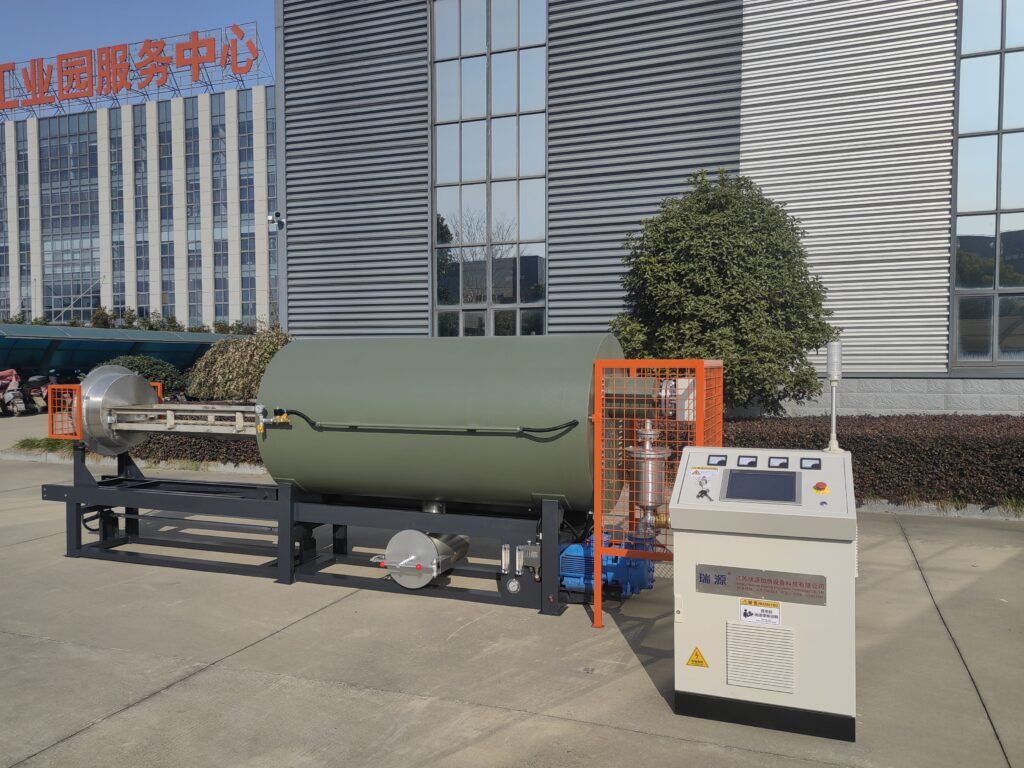Maintaining your electric or gas furnace is critical to ensuring its efficient performance and long-term reliability. Dust and debris build-up can be effectively prevented through regular cleaning, especially vacuum cleaning. This guide provides comprehensive cleaning tips to ensure your furnace is cleaned safely and efficiently.

Why Clean Your Furnace?
Over time, dust, dirt and other contaminants can build up inside the furnace. This build-up restricts airflow, reduces energy efficiency, and burdens components, leading to higher utility bills and potential damage. In the case of gas furnaces, dirt build-up can even lead to safety risks, such as overheating or carbon monoxide leaks. Regular cleaning prevents these problems and ensures your system runs efficiently throughout the heating season.
Necessary cleaning tools and safety measures
Before you begin, please prepare the following tools:
- High efficiency hoover with hose attachment.
- Microfibre cloths or brushes for cleaning precision parts.
- Torches for increased visibility.
- Safety gloves and dust masks for allergens.
Security tips::
- Turn off power to the furnace at the circuit breaker and close the gas valve (if applicable).
- Make sure the furnace is completely cooled before you begin cleaning.
Step-by-Step Furnace Vacuum Cleaning Tips
- Checking the filters: Check the furnace filter first. If clogged, replace with a new filter. For washable filters, gently vacuum both sides, rinse with water and let dry before reinstalling.
- Cleaning of blower compartment: Access the blower motor by removing the front panel of the furnace. Carefully vacuum up dust and debris to avoid damaging any wires. Do not touch the motor directly as it may contain precision parts.
- Cleaning of heat exchangers: Heat exchangers play a key role in heat transfer. Dust and dirt on its surface can reduce efficiency. Use a hoover with a soft brush attachment to gently clean this area.
- Cleaning burners (for gas stoves): Gas burners may accumulate soot and debris over time. Vacuum around the burner to remove loose particles, but avoid touching critical parts. For stubborn build-up, consult a professional.
- Inspect and vacuum vents: Finally, check the supply and return air vents connected to the furnace. Vacuum these areas to improve airflow.
When to seek professional help
While regular vacuuming can maintain the cleanliness of your furnace, a professional inspection is crucial for a deep clean and for identifying problems such as a cracked heat exchanger or clogged exhaust pipe. Schedule annual maintenance to supplement your cleaning routine.
Tips for efficient cleaning
- Cleaning frequency: Clean at least once before the start of the heating season and monitor dust build-up throughout the winter.
- Avoid wet cleaning: Never use water near electrical components or gas pipes.
- Attention to detail: Special attention is paid to less visible areas such as duct connections and seals to optimise airflow and efficiency.
Regular vacuum cleaning is a cost-effective way to keep your furnace running smoothly, reduce energy waste, and ensure comfort during the cold season. By combining these maintenance habits with professional service, you can enjoy a warm, worry-free winter.
statement denying or limiting responsibility: Always follow the manufacturer's instructions and safety guidelines when cleaning your cooker.
"Our company can non-standard custom products, click the menu bar to contact us to customise, you can also refer to the firstproduct pageAppreciate our products oh!"
Recommended Reading:
Explanation of the working principle of vacuum furnace: Why choose vacuum cleaning furnace? - Jiangsu Ruiyuan Heating Equipment Technology Co.
